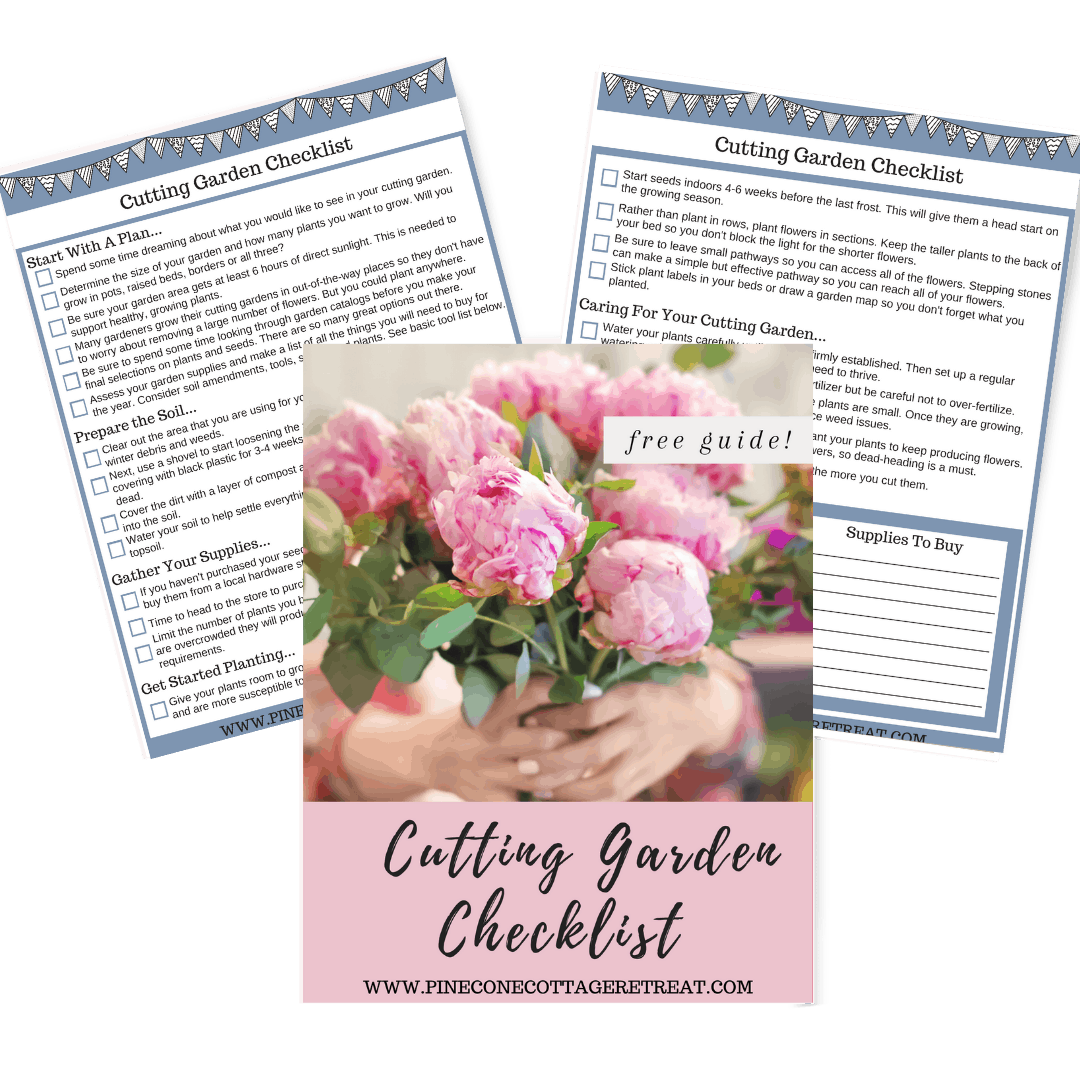Herbs are not just about flavoring your food. You can grow wonderful herbs to use as foliage and flowers in your seasonal bouquets. When the herbs are in bloom, they also attract pollinators to your garden. Consider adding these flowering herbs to grow an attractive and fragrant garden.
Why Grow Herbs…
There are many reasons to grow herbs in your garden. Consider these benefits.
Enhance the Flavor of Foods
What would salsa be without cilantro? Or pesto without basil? Flavorful herbs are a wonderful addition to your meals and are so easy to grow.
Herbs Attract Pollinators
When an herb flowers, it attracts many pollinators to your garden. Whether it’s the bees, butterflies, dragonflies or even hummingbirds, these herbal flowers are a pollinator magnet.

Mix Flowers into Bouquets
Some herbs have miniscule flowers, but many of them have beautiful blooms that can be used in your bouquets. Even those herbs that don’t produce a large amount of flowers are useful for their foliage.
Adds Fragrance to Your Garden
Take a walk through your herbs during the early morning hours and you’ll notice the most aromatic fragrance in the garden. Or sit close to your herbs at dusk and you’ll find the smell amazing. Anytime you brush against these plants, they release an enticing aroma.
Grow Anywhere in the Garden
While having a dedicated herb bed is convenient, growing your herbs among the flowers and produce is a joy for you and the wildlife. It not only provides more herbs for you to enjoy, but it puts the flowers close to where you need them for pollination.
READ: Herbal Bouquets From Your Garden

10 Flowering Herbs to Grow…
These are some of my favorite herbs to use in creating lovely bouquets. And they’re delicious for eating or making teas as well. Consider adding one or more of these flowering herbs to your garden.
Basil
Cinnamon basil, lemon basil and purple basil all grow pretty flower stalks that add fragrance and beauty to your bouquets.

Chamomile
I love the daisy-like flowers that chamomile produces. One blooming stem can provide a large amount of these delicate flowers.

Mint
While you need to be careful when growing mint, it provides attractive flowers for your bouquets. The biggest concern with mint is that it’s a tenacious spreader. I’ve found that peppermint is not as aggressive as spearmint in my garden. But to lower the risk of either spreading, consider growing them in a container.
Oregano
The flowers of oregano grow in shades of white, pink or purple, depending on your variety. And the bees love the flowers of this aromatic herb.

Parsley
Parsley is a staple in many kitchens that is harvested when the stems are young and tender. But let the plants continue to grow and you’ll end up with attractive flower stalks. The flowers have an umbel shape which adds movement and whimsey to your bouquets.
Sage
I grow several varieties of sage in my garden. It’s the common sage that offers the most beautiful flowers for you to enjoy. Lots of lovely purple blooms to add as a filler in your bouquets. Pineapple sage is another variety that produces lovely red spikes in the autumn.

Lavender
You can’t miss when you grow lavender in your herb garden. There are so many wonderful uses for lavender flowers that you’ll want to keep adding more and more plants.

Fennel
Fennel is a perennial that grows yellow flower heads. Firm stems and lacy flowers are very attractive to pollinators and look beautiful in your bouquets.
Dill
This herb produces yellow umbrella-like blooms. Similar to fennel, the flower heads can add charm to your bouquets.

Bee Balm
While red is a common color of bee balm flowers, bright pink and purple choices are available.

Other Flowering Herb Options…
Besides this list of top 10 flowering herbs, there are many other choices available. Here’s a list of a few other herbs to use in floral bouquets.
- Feverfew
- Yarrow
- Echinacea
- Lemon Balm
- Rosemary
- Thyme
- Calendula
- Angelica
- Catmint
- Borage

How to Add Herbs Into Your Bouquets
Most flowers from herbs are great filler flowers. They can add color, texture and fullness to your bouquets. These flowers are not typically the focal flower or star of the bouquet.
Consider these suggestions when creating bouquets with herbs.
- Use when you need a spike flower in your arrangement.
- Add round herbal flowers for fullness.
- Select umbel shapes for airiness and whimsey.
- Look for trailing herbs to dangle from the edge of your vase.
- Use stems without flowers to add greenery.
Whether you’re growing herbs to add to your meals, to attract pollinators, or for their blooms, these plants are a wonderful addition to your garden. Start with these ten flowering herbs to grow in your garden. Then expand with more varieties over time.

